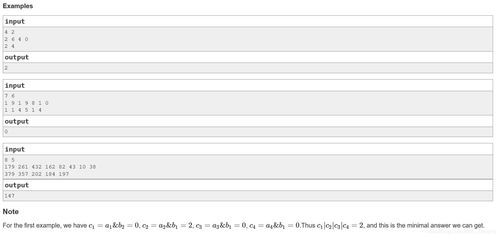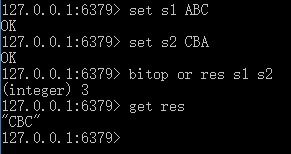
Bit and Operation: A Comprehensive Guide for Understanding Binary Manipulation
Understanding bit and operation is crucial for anyone delving into the world of computer science and programming. Whether you’re a beginner or an experienced developer, grasping the intricacies of binary manipulation can significantly enhance your coding skills. In this article, we will explore various aspects of bit and operation, providing you with a detailed and comprehensive guide.
What is a Bit?

A bit, short for binary digit, is the smallest unit of information in computing. It can have two possible values: 0 or 1. These values represent the off and on states, respectively. In binary, all data is represented using combinations of these bits.
Bitwise Operations

Bitwise operations involve manipulating individual bits of a binary number. There are several types of bitwise operations, including AND, OR, XOR, NOT, and Shift operations. Let’s delve into each of these operations in detail.
AND Operation

The AND operation compares the corresponding bits of two binary numbers and returns a new number with bits set to 1 only if both bits are 1. Otherwise, the result is 0. Here’s an example:
| Bit 1 | Bit 2 | Result |
|---|---|---|
| 1 | 1 | 1 |
| 1 | 0 | 0 |
| 0 | 1 | 0 |
| 0 | 0 | 0 |
OR Operation
The OR operation compares the corresponding bits of two binary numbers and returns a new number with bits set to 1 if at least one of the bits is 1. Otherwise, the result is 0. Here’s an example:
| Bit 1 | Bit 2 | Result |
|---|---|---|
| 1 | 1 | 1 |
| 1 | 0 | 1 |
| 0 | 1 | 1 |
| 0 | 0 | 0 |
XOR Operation
The XOR operation compares the corresponding bits of two binary numbers and returns a new number with bits set to 1 if the bits are different. Otherwise, the result is 0. Here’s an example:
| Bit 1 | Bit 2 | Result |
|---|---|---|
| 1 | 1 | 0 |
| 1 | 0 | 1 |
| 0 | 1 | 1 |
| 0 | 0 | 0 |
NOT Operation
The NOT operation inverts the bits of a binary number. If a bit is 0, it becomes 1, and if a bit is 1, it becomes 0. Here’s an







